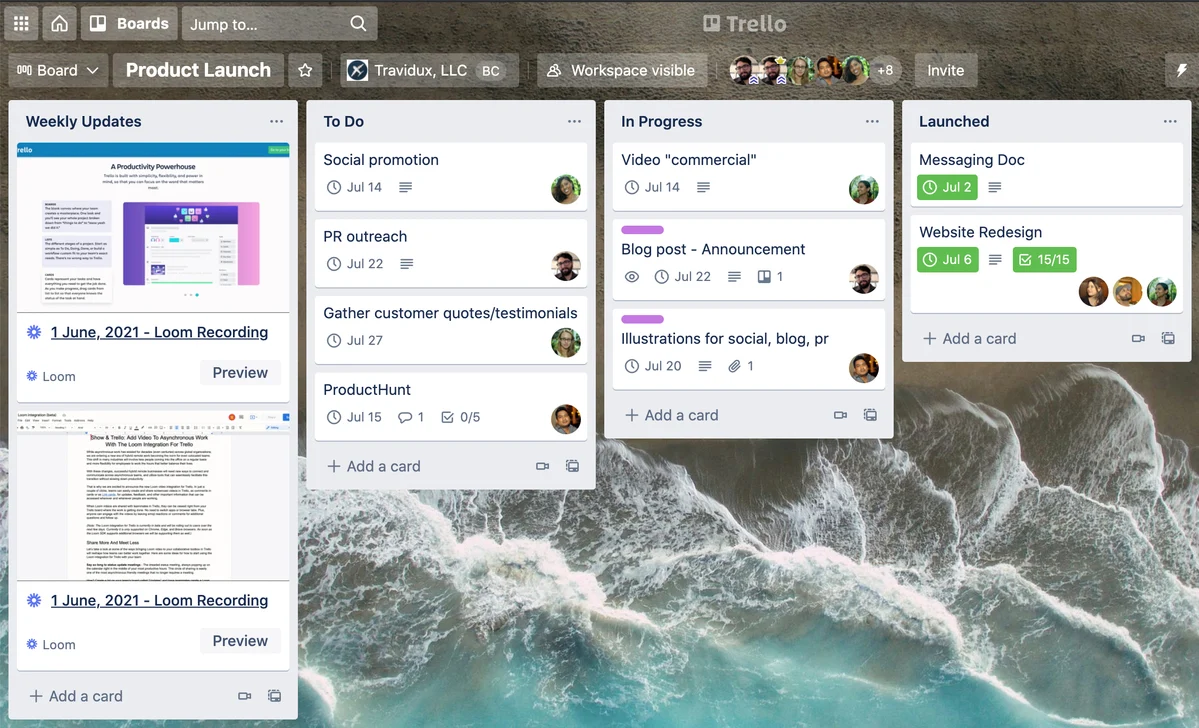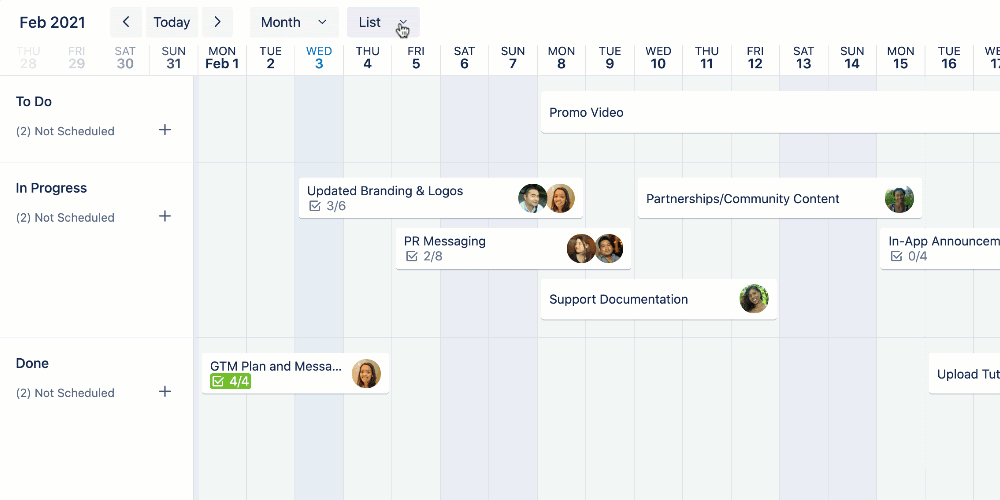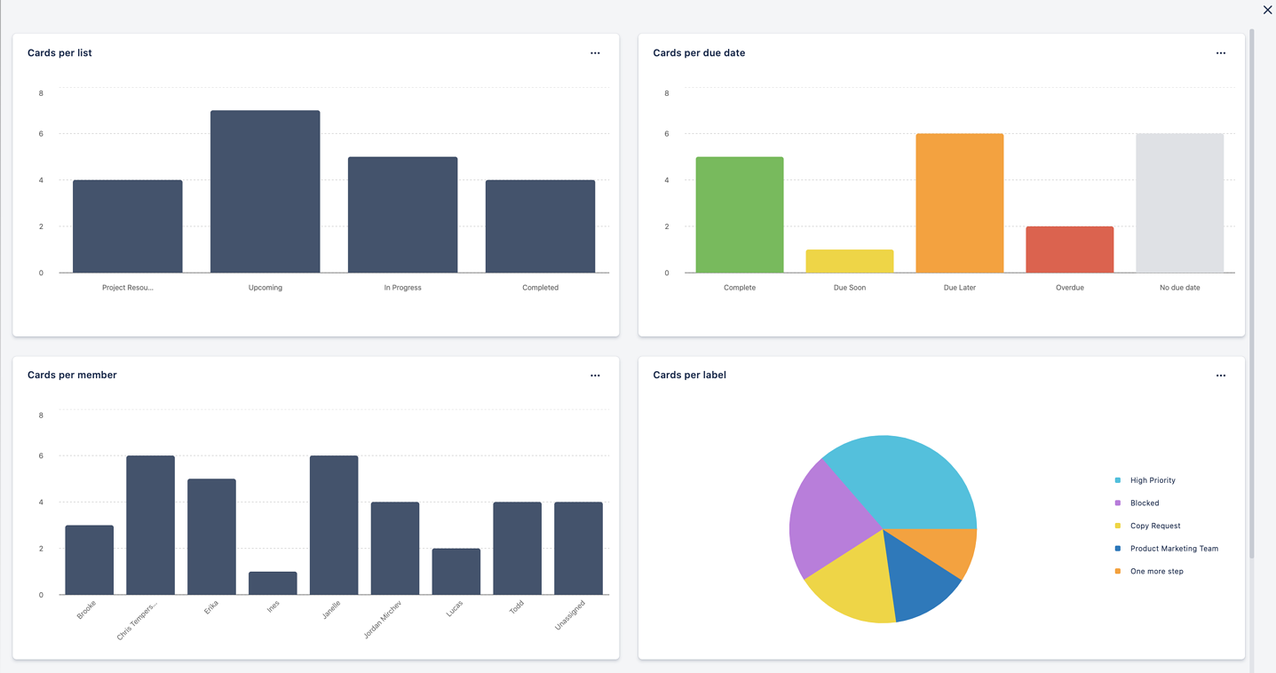After a year and a half of living and working through a pandemic, it’s no surprise that employees are sending out stress signals at record rates. According to a 2021 study by Indeed, 52% of employees today say they feel burnt out. Over half of employees report working longer hours, and a quarter say they’re unable to unplug from work.
The continued swell of reported burnout is a concerning trend for employers everywhere. Not only does it harm mental health and wellbeing, but it can also impact absenteeism, employee retention, and—between the drain on morale and high turnover—your company culture.
Crisis management is one thing, but how do you permanently lower the temperature so your teams can recover sustainably? Companies around the world are now taking larger steps to curb burnout, with industry leaders like LinkedIn, Hootsuite, and Bumble shutting down their offices for a full week to allow all employees extra time off. The CEO of Okta, worried about burnout, asked all employees to email him their vacation plans in 2021.
These are all great initiatives to help foster work-life balance after a stressful year. But if you’re worried about long-term burnout at your company, you should also look into ways to prioritize team wellbeing all year-round. Just as with building a healthier lifestyle, enacting measures of support on the day-to-day level is where lasting change is made.
Set Healthy Communication Boundaries—And Model Them
According to a 2020 report by Aviva, 44% of employees say they feel like they “never switch off from work,” while 70% of all workers say they regularly check emails and messages outside of work hours. And these habits have consequences: More than half of employees feel like their mental and physical health have suffered due to work pressures.
When employees may not feel like they can draw a line in the sand between their work and personal lives, it’s up to leadership to clearly share communication expectations and model healthy boundaries. Encourage employees to turn off all email, Slack, and work app notifications outside of working hours, and ensure that managers aren’t reaching out to team members after hours with requests.
Make sure that your company’s leaders aren’t just paying lip service to employees’ right to disconnect, either. That means everyone in leadership—from the CEO down to team managers—should avoid sending emails during off-hours or reaching out to team members during their paid time off (PTO). By living the guidelines, leadership can help employees feel psychologically safe to stick to the recommended boundaries.
Eliminate Unnecessary Meetings
“Well, that meeting could have been an email.” A recent joint study from Harvard Business School and New York University found that the average number of meetings increased 12.9% during the pandemic, while the size of each meeting grew by 13.5%. Meetings are the first and fastest way for your company to free up valuable team time.
Some companies have decided to implement “No-Meeting Wednesdays” to help employees recover. At Trello, employees will take regular “Maker time,” where they forego any meetings to focus on creative work. But another option includes taking a closer look at each meeting on an employee’s calendar and asking, “Does this meeting really need to exist?”
While some events should happen in real time—such as one-on-ones or difficult conversations—many other meetings can be carried out asynchronously. A project update is a great example of this. Rather than meet every Monday to discuss everyone’s progress on a new project, team members can simply add their weekly updates to a list on Trello and respond to one another asynchronously. Everyone’s kept in the loop, and no one has to sacrifice an additional hour of their time.

Company-wide meetings announcing a new feature are another example. Rather than ask everyone at the company to spend half an hour in a meeting, consider typing the update in an email, sharing on Slack, or adding the recap to your company’s knowledge base on Trello. The example above takes advantage of Trello’s integration with Loom to record and attach a video update for those looking to save time typing.
Cut Down On Context Switching
According to Blissfully’s 2019 SaaS Trends Report, the average employee uses at least eight apps a day to get their work done. It’s no wonder 40% of employees are frustrated by the collaboration and communication tools they’re expected to use at work. Because they’re constantly switching between email, chat, video, documents, and more, employees find it harder than ever to focus on the actual work they need to carry out, which stretches out working hours, wastes time, and leads to burnout.
To lower the amount of context switching team members have to do, decrease the number of tools they need to monitor throughout the day. Make it clear that emails and chat messages aren’t emergencies and that notifications can be muted while deep work is being carried out. (This is something Trello employees do by setting their “Slack off” hours.) Most of the time, work won’t suffer if employees only check their inboxes or Slack messages every couple of hours.
You can also help employees reduce their context switching by keeping information organized on one platform. According to a 2019 survey by 8by8, nearly 50% of employees say they spend up to two hours a day looking for the information they need to do their jobs. This cuts into valuable time that employees could be spending doing work that matters to them.
Cut back on the amount of time employees need to spend hunting down information by centralizing as much work as possible in a tool stack that is accessible for everyone. For example, if a project is being tracked in Trello, I would ask my team to keep all progress updates, questions and feedback within the project board, where everyone can see the same timeline view of the work.

Work from other apps in our tool stack is enhanced through integrations, so documentation from Confluence or tickets from Jira are linked and visible to our projects.
Whichever toolset you choose, consider the “single pane of glass” concept: Your teams operate in a busy workplace, so making information visible and discoverable in as few locations as possible goes a long way in reducing frustration and busywork.
Check In On Employees Regularly
Saving the most important tip for last, invest in manager coaching and resources for recognizing and addressing the warning signs of burnout in employees. Have them check in on employees’ stress levels during one-on-one meetings and encourage everyone at the company to take regular vacation and sick days when needed.
Managers should also keep a close eye on how much work employees are taking on. Star employees will often over-commit to work—without complaints—and burn themselves out, which helps no one. Managers need to step in and stop employees from taking on Herculean workloads because, even if someone can do a lot of extra tasks, it doesn't mean they should.
Fortunately, managers who use Trello can see exactly how much work their team members are taking on using the Dashboard view:

With data on task distribution and due date management, managers can see who is taking on (and completing) a reasonable amount of work and who might be overextending or falling behind. We use data for every other business decision, why not see how it can empower more equitable team management?
Stop The Slow Burn
The pandemic may have exacerbated employee burnout, but it was an issue long before COVID. Unfortunately, there’s no single solution that can extinguish burnout, either. Support your employees’ ability to focus and work-life balance by focusing on their day-to-day experiences—and you’ll stop burnout from smoldering on for too long.
Trello moves teamwork forward by bringing productivity, collaboration, and team spirit together in one place. Get a free trial of Business Class to try out Views, including Dashboard and Timeline. And if you want to see how Trello can be implemented across organizations, check out our best practices for setting up a shared toolstack like Trello Enterprise at scale.
Good or bad, we’d love to hear your thoughts. Find us on Twitter (@trello)!


.png)



